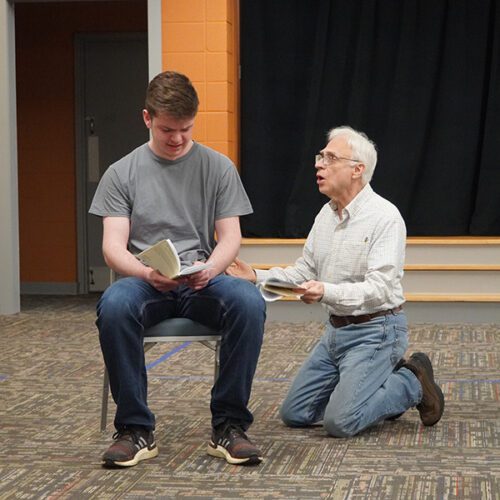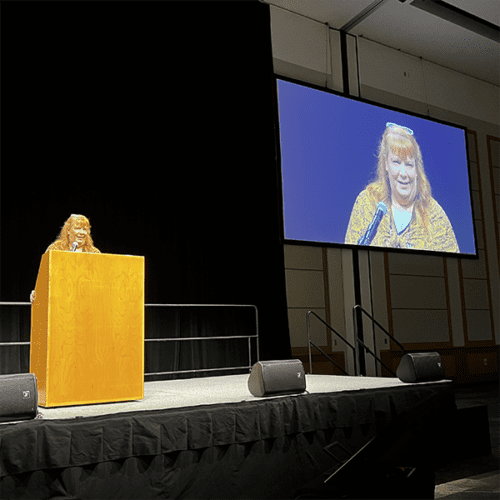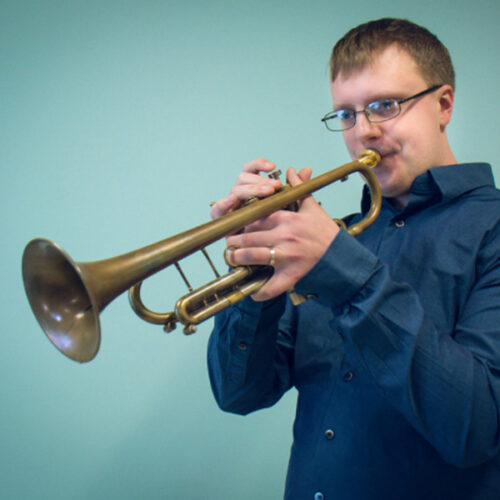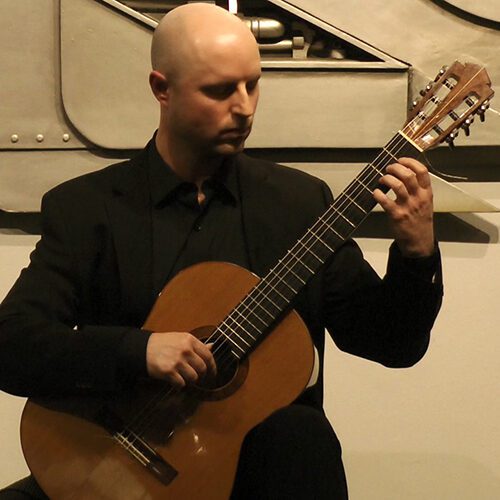Of ghoulies and ghosties and long-leggedy beasties…
Picture this: You are in a dark, damp basement room with no windows. The only light in the room comes from the LED lights on two pieces of equipment on a table at the center of the room. These cast an eerie red glow across the faces of the paranormal investigators arrayed around the room in a semi-circle. The room is dead quiet; we are listening for the stirrings of an angry ghost.
Suddenly, to your right, you hear what sounds like a shoe scuffing across the dirty floor, and then a thud. A second later, a scream cries out from your left. There is panicked action as one of the investigators begins slouching down the wall behind her, reeling from a blow that no one could see. You turn on your flashlight and witness the lead investigator lifting the stricken one to her feet. She is dead weight; alive, but catatonic and staring straight ahead in fear and confusion.
The lead investigator hurries her out of the basement, kicking the wooden door open as they emerge into the humid night air. You follow closely behind, hanging on to another investigator who suddenly is racked by waves of nausea and intense sadness. She rushes outside, bends at the waist, and cries uncontrollably for 10 minutes as you stand there and wonder, “What did I get myself into?”
My research follows paranormal investigation groups, more commonly referred to as “ghost hunters,” as they investigate buildings that reportedly are haunted. I am interested in why people participate in such groups, what function belief in the paranormal serves in our broader society, and how paranormal investigators use technology and scientific investigation methods to search for answers to what is ultimately a spiritual question: what happens after we die?
I have participated in 16 investigations, interviewed more than 30 investigators, and attended three paranormal conferences. In the process, I have heard amazing stories and investigated historic mansions, abandoned prisons and a sanitarium, among many other locations. And, yes, I have seen and heard things that have scared me.
Currently, my goal is to expand my interview pool beyond the Midwest and to investigate with a variety of teams in order to observe differences in investigative styles and equipment. Ultimately, I hope to publish my research as a book, but in the short term I plan to publish a number of scholarly articles on the topic.
By Marc Eaton
Assistant Professor of Sociology
Related Posts
Director Emeritus of Theatre Robert Amsden to play lead in ‘Death of a Salesman’
Director Emeritus of Theatre Robert Amsden will play the lead role when Oshkosh Community Players presents Arthur Miller’s “Death of a Salesman” April 4-6. Performances […]
Jandelyn Plane recognized with award for broadening computing education
Jandelyn “Jan” Plane, associate professor of computer and data sciences, received a 2024 ACM SIGCSE Award. ACM SIGCSE is the Association of Computing Machinery Special […]
Paul Dietrich releases fourth album of music, supports it with a tour
Paul Dietrich, adjunct instructor of music, released his fourth album as a leader, “5+4,” in October and supported it with a small tour in February. […]
Classical guitar recital to be presented Feb. 23 at Ripon College
A classical guitar recital with Dr. Christopher Cramer, adjunct professor of music, will be presented Friday, Feb. 23, at Ripon College. The recital will begin […]




